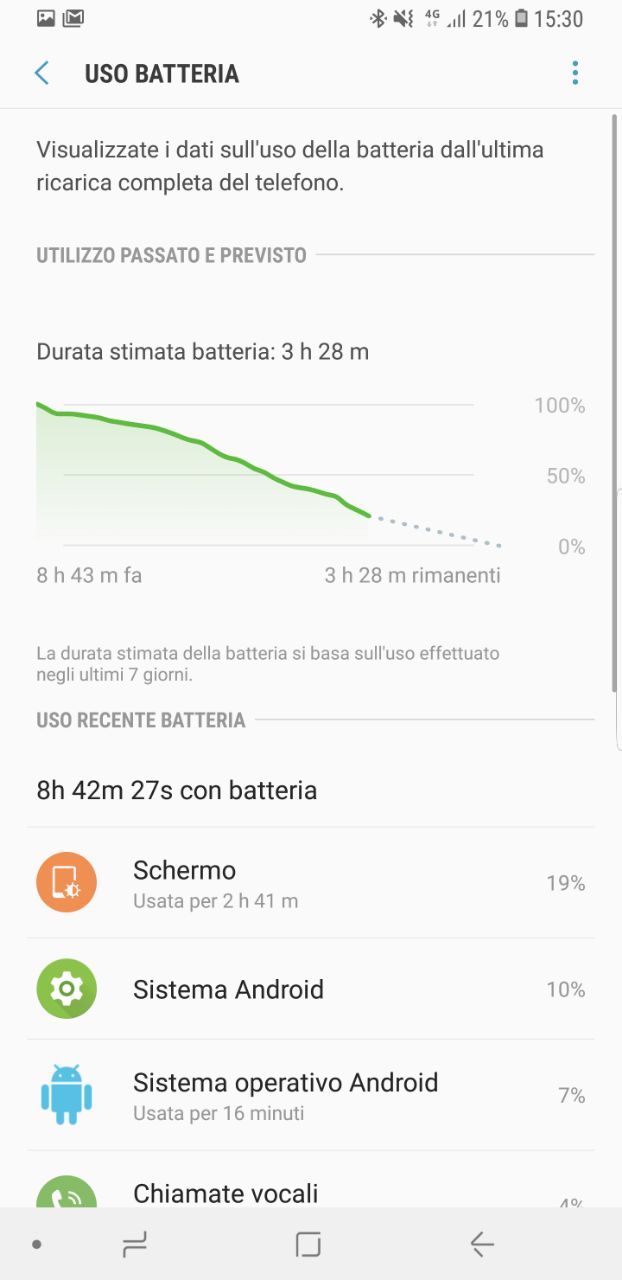
VRURC USB C Portable Charger Power Bank, 5000mAh Mini Battery Pack, 20W PD 18W QC Fast Charging External Phone Charger for Samsung Galaxy S20/S10/S9/S8/Note, Android etc USB C Series Devices(Silver)

Amazon.com: Newdery Upgraded Samsung Galaxy S9 Battery Case Qi Wireless Charging Compatible, 4700mAh Slim Rechargeable Extended Charger Case Compatible Samsung Galaxy S9 (Not for s9+ Plus) : Cell Phones & Accessories

Galaxy S9 Battery,Upgraded 4600mAh Li-ion Replacement Battery for Galaxy S9 EB-BG960 EB-BG960ABA G960U G960F G960W with Repair Screwdriver Kit Tools
















